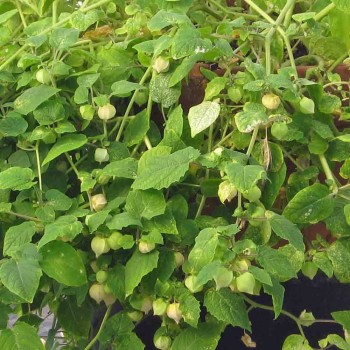
Buy Physalis Angulata Online
Tomatillos, goldenberries, and ground cherries are all members of the Solanaceae plant family, containing the physalis berry. physalis angulata for sale scientific name for Physalis peruviana is Physalis peruviana, and you may hear it referred to by various names, such as:
-
Aztec Berry is a kind of berry indigenous to Mexico.
-
Cape gooseberry is a kind of gooseberry native to South Africa.
-
Lantern of the Orient
-
Goldenberry
-
Peruvian ground berry (Peruvian ground berry)
Physalis is a sour berry that looks similar to a tomatillo and is encased in a papery casing to protect it from the elements. This papery covering gives it the appearance of a little Chinese lantern, which is how it got its name. It is not, however, a product of Asian origin. Brazil, Peru, Colombia, Ecuador, and Chile are among the nations in South America where the fruit is found naturally. Physalis is a versatile fruit that may be consumed fresh, roasted, or preserved in jams and jellies. It is highly recommended as a source of vitamin C, minerals, and antioxidants.
Benefits of physalis angulate:
A leaf cut from Ground Cherry, scientifically Order physalis angulata online, is an upright, herbaceous, annual plant member of the nightshade family (Solanaceae). It is native to the Mediterranean region. A close relative of Physalis peruviana, the Cape gooseberry, a fruit indigenous to and widely farmed in the western Andes and exported across the globe, should not be mistaken with it. The plant is endemic to tropical America and may be found there, and it is currently seen as a weed across the tropical world.
Conclusion:
It is classified as an annual plant in the nightshade family Solanaceae and grows as an upright, herbaceous plant with a rounded shape. It reproduces by the production of seeds. Its leaves are dark green and somewhat oval, with teeth shapes around the edges, and it grows in arid climates. The blooms are five-sided and light yellow, and the yellow-orange fruits are produced within a calyx that resembles a balloon when they are ripe. Originally from the Americas, it has been extensively dispersed and naturalized in tropical and subtropical areas throughout the globe. A close relative of Physalis peruviana, the Cape gooseberry, a fruit indigenous to and widely farmed in the western Andes and exported worldwide, should not be mistaken with it. The plant yields fruit that may be eaten. It may be consumed raw, boiled, jammed, and so on.